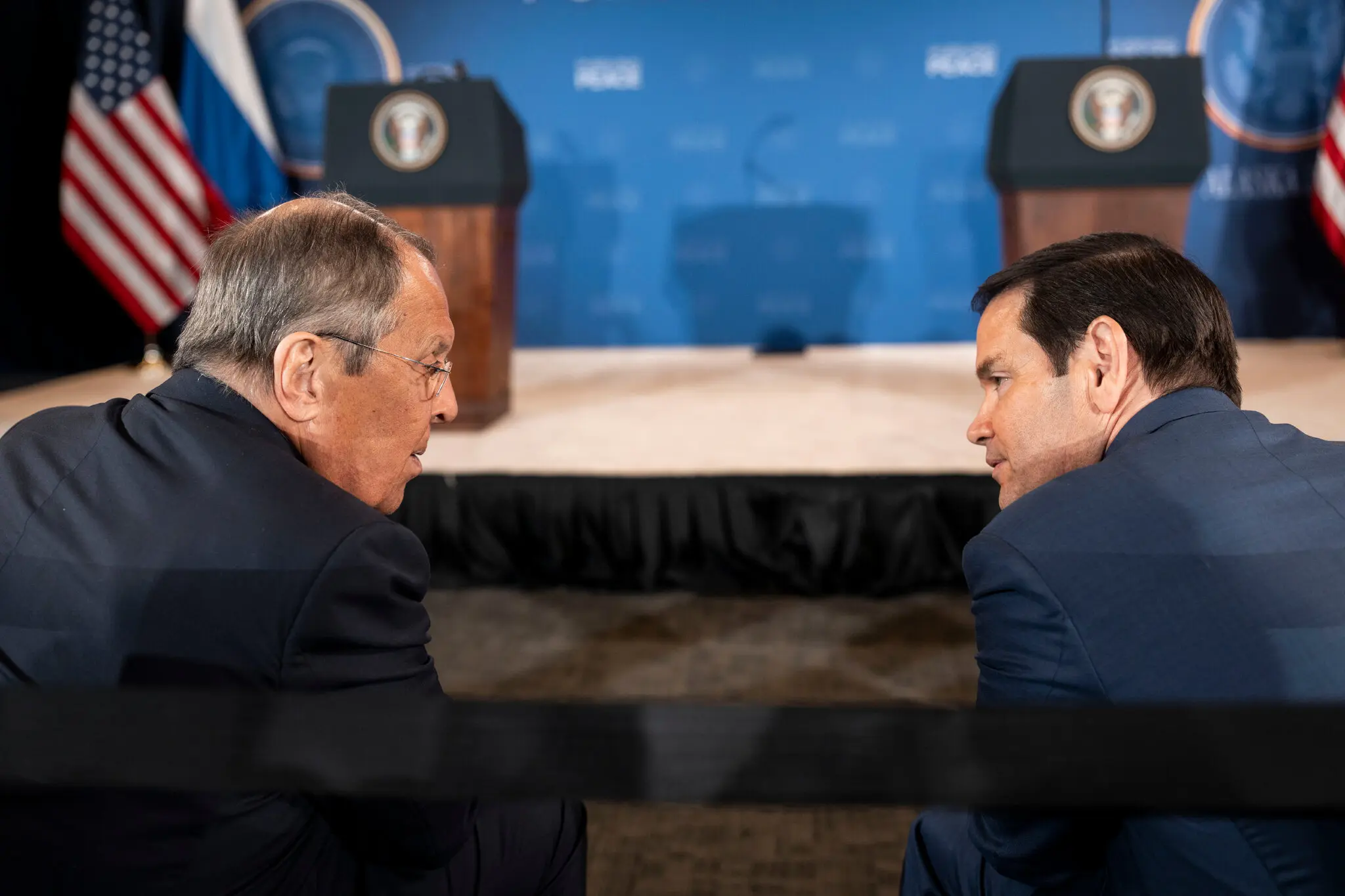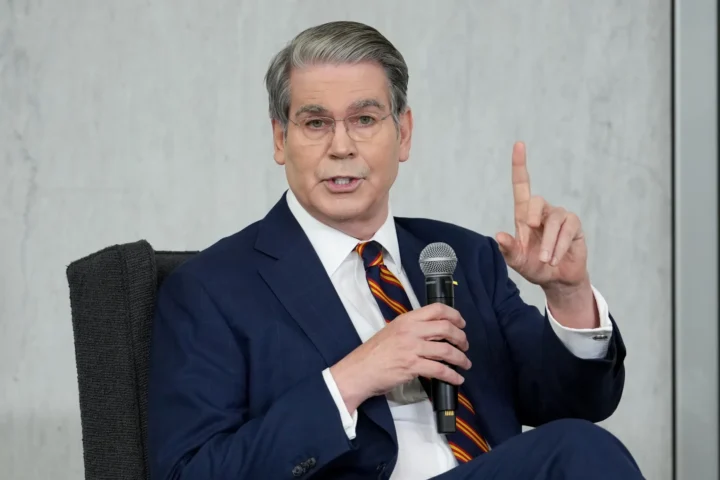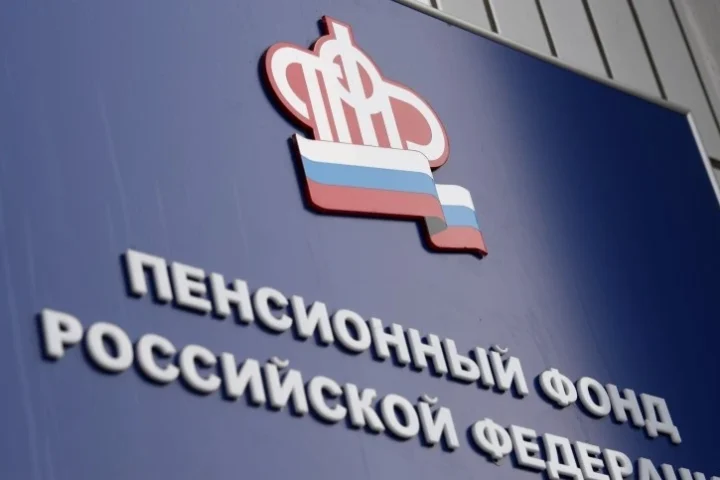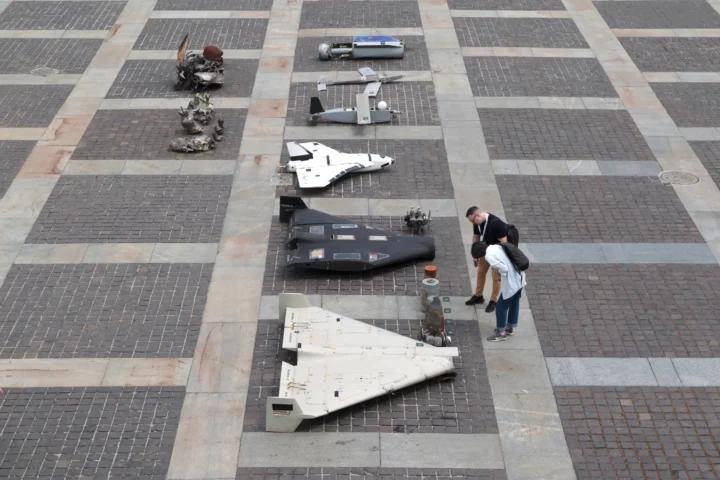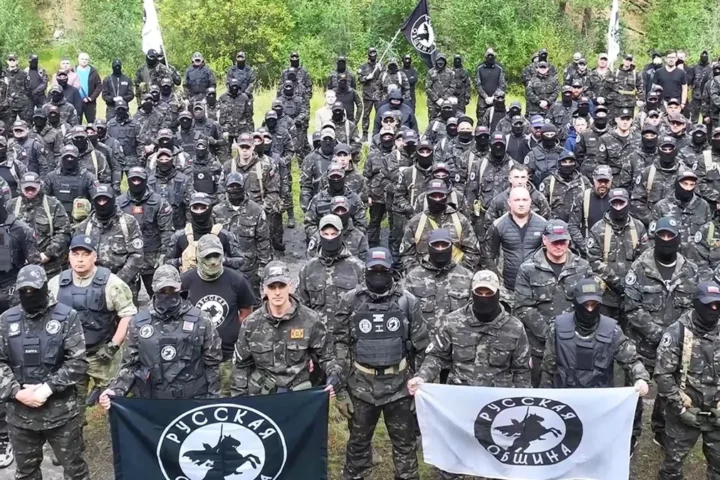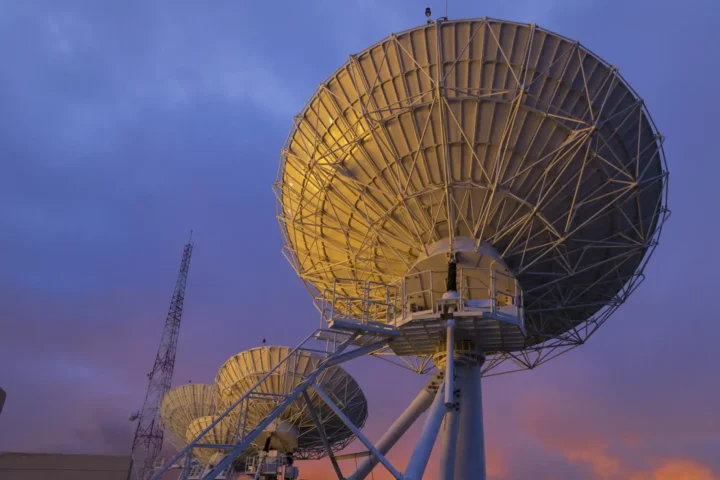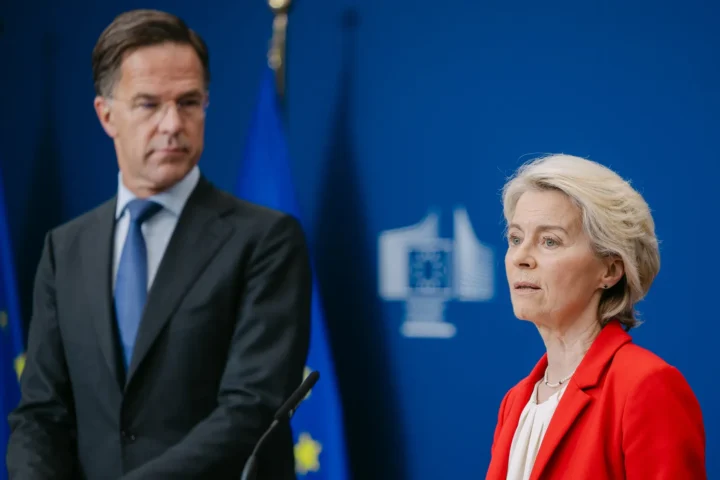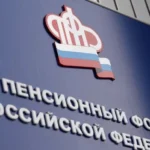The administration of President Donald Trump is trying to jump-start the stalled peace process in the war in Ukraine—and a key role in that effort has been assigned to Marco Rubio. Once a Senate “hawk” who called Vladimir Putin a “gangster,” a “war criminal,” and a “thug,” Rubio is now secretary of state and national security adviser, tasked with the toughest assignment yet: working with European partners to develop a blueprint for security guarantees for Kyiv.
According to the American press, particularly The New York Times, Rubio faces an almost impossible task: reconcile the White House’s insistence that no U.S. troops be stationed on Ukrainian territory with the need to convince President Volodymyr Zelensky that Kyiv will have real “insurance” if the peace collapses and Russia attacks again.
What Exactly Rubio Has Been Asked to Do
Officials say Rubio will lead “sensitive diplomatic consultations” with national security advisers from Ukraine and key European capitals. A meeting with European colleagues is scheduled for Thursday to discuss “what the security guarantees could look like” ahead of a potential face-to-face between Zelensky and Putin.
The idea of such guarantees spans a wide range of measures. In exchange for ending Russian aggression, discussions include, for example:
- a U.S. commitment to provide air support for operations under European command if Russian forces resume their offensive;
- sustained U.S. assistance in intelligence, surveillance, and reconnaissance (ISR) for all missions in Ukraine;
- leveraging U.S. naval capabilities to prevent Russian domination of the Black Sea and to ensure access to the Danube;
- legal “stitching” of future obligations—including whether congressional approval would be required to make the guarantees binding.
How to Persuade Europe—and Moscow
European capitals want a reliable deterrent mechanism even if it does not fly under NATO’s flag. Rubio must show that the president’s mercurial style does not negate his commitment to defend allies—even if it’s “outside Article 5.” At the same time, Moscow, judging by statements from its leadership, demands a seat at the table in shaping any security plan, complicating efforts to craft a proposal that could realistically underpin a deal.
European experts, The New York Times notes, generally welcome Rubio’s appointment. Liana Fix of the Council on Foreign Relations says: “From a European perspective, I think everyone is quite happy that Rubio is leading the working group, because he’s definitely perceived as the one who is most competent to come up with something that could actually work.” She also flags Europe’s practical ask: “There will be no troops on the ground, but what Europeans have always asked for is logistical support, especially when it comes to intelligence, because Europeans basically don’t have that capability themselves.”
On the European side, there is also a vivid memory of Moscow’s tactic of “running down the clock” in talks while shoring up positions on the battlefield. The Minsk I and II experience in 2014–2015 is a stark reminder of what endless rounds without verifiable commitments can lead to. “That experience of negotiating with Russia for a really long time is something that they remember from Minsk and how that led nowhere,” Fix notes.
Rubio’s Transformation: From “Hawk” to an “America First” Pragmatist
Back in his Senate days, Marco Rubio was a sharp critic of any “accommodationist” line toward Moscow. In recent years, however, he has steadily adapted to President Trump’s foreign-policy instincts. Inside the administration, officials emphasize that Rubio has been in the loop on the president’s most consequential international contacts and enjoys growing trust.
Unlike ad-hoc envoys with no diplomatic background, Rubio has spent decades at the nexus of foreign policy and national security. His loyalty to the president—and his willingness to “take the heat”—have earned him expanded responsibilities. In addition to serving as secretary of state and national security adviser, he also heads USAID and is acting archivist at the National Archives.
This internal “reset” shows up in his public rhetoric as well. Testifying in Congress in May, Rubio said: “We can’t end the war without talking to Mr. Putin.” Pressed on “war crimes,” he replied: “War crimes have been committed, no doubt. And who is responsible for that? There will be a time and place for that accountability. But right now, the job is to end the war.”
Leslie Shedd of the Atlantic Council’s Eurasia Center adds: “From what I’ve been hearing, I think everyone inside of the administration has been very happy with him, and some even pleasantly surprised. They didn’t know what to expect, and he has really been there standing up for the president, and fighting for what the president wants.”
The Bottlenecks in Building Kyiv’s “Insurance Policy”
In conversations with Washington, European leaders have been seeking “Article-5-like” protections for Ukraine. But several hard constraints immediately come into play:
- No U.S. boots on the ground. President Trump has ruled out deploying American ground forces to the war zone. Any “Article-5-like” formula therefore must be re-engineered to rely on air, naval, intelligence, and logistics power—without U.S. ground troops.
- NATO offstage. The White House insists the NATO umbrella is not on offer. The document will need a novel legal wrapper—with clear response triggers and a mechanism to lock in commitments (potentially including a congressional vote).
- European domestic politics. Even if Paris, Berlin, and London say they are ready to put “boots on the ground,” their publics are exceedingly cautious. As Fix underscores: “Even if Europeans say we are ready to do that, I would expect that for some countries, it might actually not be that easy, especially if Trump’s security guarantees, or whatever Rubio proposes, is not as strong as Europeans would like to see it.”
What Could Actually Work in Practice
Stripped of slogans, a workable guarantees package could plausibly be built from four pillars:
- On-demand air cover. A transparent protocol defining the conditions that trigger an allied “air umbrella” to deter escalation.
- Deep intelligence integration. Continuous ISR flows, joint analytic cells, and shared targeting across cyber and signals domains.
- The Black Sea and the Danube. A steady coalition naval presence in international waters, safeguarding shipping and the Danube corridor against de facto monopolization by Russia.
- Legal stitching. A clear ratification/notification path that turns political promises into legal obligations, plus a verification regime (inspections, reporting, red lines, and an automatic sanctions snap-back).
Why It’s Still a Minefield
Even with a strong diplomatic architecture, two risks loom.
First, “long negotiations.” Russia has historically used time as a resource, pairing table-talk with attempts to improve positions at the front. Europe remembers Minsk—and therefore demands verifiability and speed.
Second, multilayered politics in Washington. Any construct that requires congressional action enters the arena of domestic bargaining—from the precise wording of triggers to budget lines for air, naval, and intelligence assets.
Marco Rubio’s role may be the most visible of his career. Whether he can reconcile “America First” with credible guarantees for Kyiv will determine not only the fate of a potential peace deal, but also Europe’s confidence in a new security arrangement “without NATO, but with the United States.” It is also a test of how far Washington is prepared to go—beyond words—to deter a renewed bid at coercion if Moscow violates the agreement and again tries to dictate terms by force in Ukraine.
This article was prepared based on materials published by The New York Times. The author does not claim authorship of the original text but presents their interpretation of the content for informational purposes.
The original article can be found at the following link: The New York Times.
All rights to the original text belong to The New York Times.


